Recent political debates have brought up comparisons between Social Security and Ponzi schemes. (Have you read the book about the real Ponzi?) Even though seemingly every single economist on Earth has weighed in, this discussion has been around for so long that the Social Security website already has an entire page dedicated to addressing it. To summarize, yes Social Security shares some traits with Ponzi schemes in that money from new participants goes to earlier participants. However, it relies on a rather straightforward transfer and does not depend on an exponential growth of new participants to be sustainable. It is, however, sensitive to demographics.
Social Security is a pay-as-you-go system. What I pay into Social Security today goes straight to a current retiree’s Social Security check. When I retire, my paycheck will be supported by a younger worker’s taxes. It is not an investment. It is not a savings account. The problem is, that the ratio of workers to retirees is getting rather low. In 1950, there were 7.3 working-age people for each person over 65; now, the ratio is 4.7 to 1, and it is scheduled to drop to 2.7 to 1 by 2035. [Source]
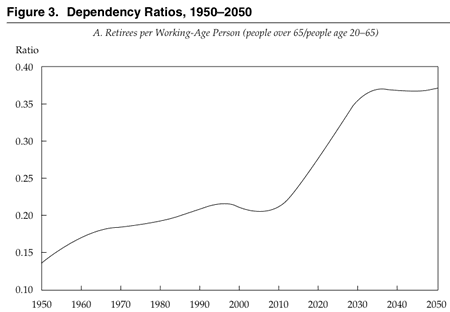
Since people are living longer as well, the reality is that for a 30-something like me, the math works out that there is little chance that we will get the same level of relative benefits that current retirees get. However, there will be no sudden Ponzi-like implosion. Now, the government could smooth this transition out even more if they do the hard thing and do some combination of higher taxes, extending retirement ages with higher life expectancy, or lowering benefits. But politicians are usually reactive as opposed to proactive, so don’t count on it. That’s too bad, because people are more dependent on Social Security than ever. 70% of all eligible folks can’t even wait until 65 to start taking benefits, many as early as 62, even though that means lower payments and likely a lower total benefit. This is why in general financial experts say you should wait as late as possible to get a higher payment for the rest of your life.
Of course, Medicare is even worse. Take this analysis via this WaPo article:
Consider an average-wage two-earner couple together earning $89,000 a year. Upon retiring in 2011, they would have paid $114,000 in Medicare payroll taxes during their careers. But they can expect to receive medical services – including prescriptions and hospital care – worth $355,000, or about three times what they put in. […] The same hypothetical couple retiring in 2011 will have paid $614,000 in Social Security taxes, and can expect to collect $555,000 in benefits.
 In a NY Times Op-Ed piece entitled Money Won’t Buy You Health Insurance, Donna Dubinsky shares her troubles with getting
In a NY Times Op-Ed piece entitled Money Won’t Buy You Health Insurance, Donna Dubinsky shares her troubles with getting 
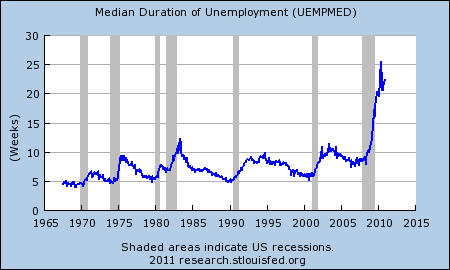

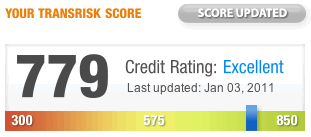
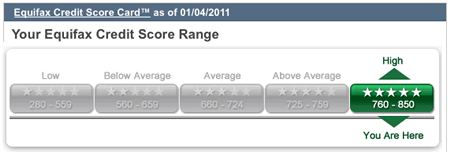


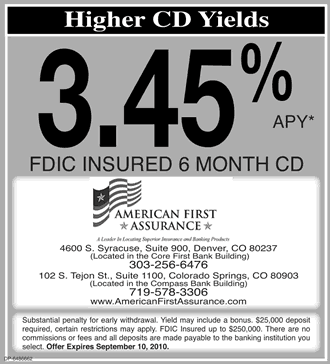
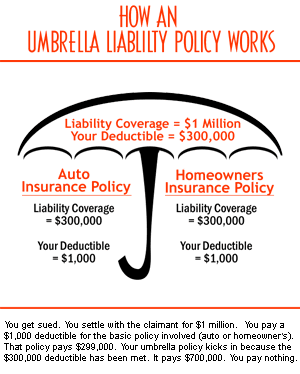
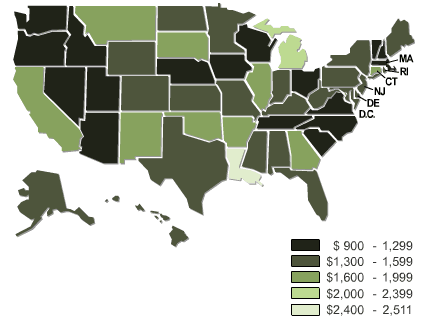
 We are all leading busy lives, and it’s all to easy to “miss the woods for the trees”. What if we prioritized by taking a step back and simply asked ourselves – what is our most important asset? Are we adequately protecting that asset?
We are all leading busy lives, and it’s all to easy to “miss the woods for the trees”. What if we prioritized by taking a step back and simply asked ourselves – what is our most important asset? Are we adequately protecting that asset?
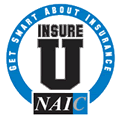 Argh… they got me. I usually filter out PR emails, but I went ahead and took the Insurance Intelligence Quiz by the National Association of Insurance Commissioners (NAIC). According to them, a recent survey found Americans only answered an average of 4 out of 10 questions correctly. The quiz turned out to be reasonably quick and the questions weren’t horrible, so I figured I’d share it for the semi-competitive folks out there that want to test their insurance knowledge.
Argh… they got me. I usually filter out PR emails, but I went ahead and took the Insurance Intelligence Quiz by the National Association of Insurance Commissioners (NAIC). According to them, a recent survey found Americans only answered an average of 4 out of 10 questions correctly. The quiz turned out to be reasonably quick and the questions weren’t horrible, so I figured I’d share it for the semi-competitive folks out there that want to test their insurance knowledge.  The Best Credit Card Bonus Offers – 2025
The Best Credit Card Bonus Offers – 2025 Big List of Free Stocks from Brokerage Apps
Big List of Free Stocks from Brokerage Apps Best Interest Rates on Cash - 2025
Best Interest Rates on Cash - 2025 Free Credit Scores x 3 + Free Credit Monitoring
Free Credit Scores x 3 + Free Credit Monitoring Best No Fee 0% APR Balance Transfer Offers
Best No Fee 0% APR Balance Transfer Offers Little-Known Cellular Data Plans That Can Save Big Money
Little-Known Cellular Data Plans That Can Save Big Money How To Haggle Your Cable or Direct TV Bill
How To Haggle Your Cable or Direct TV Bill Big List of Free Consumer Data Reports (Credit, Rent, Work)
Big List of Free Consumer Data Reports (Credit, Rent, Work)